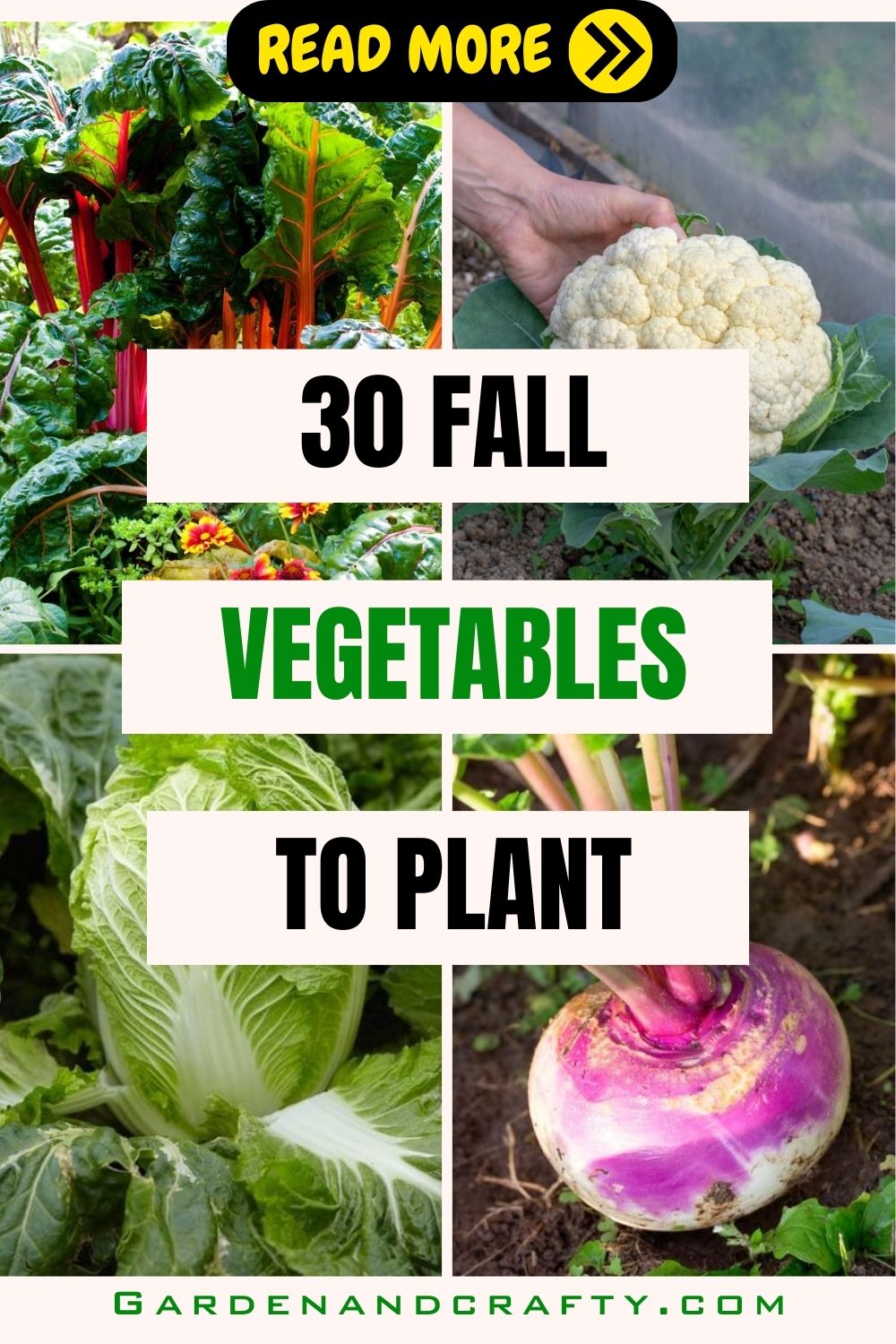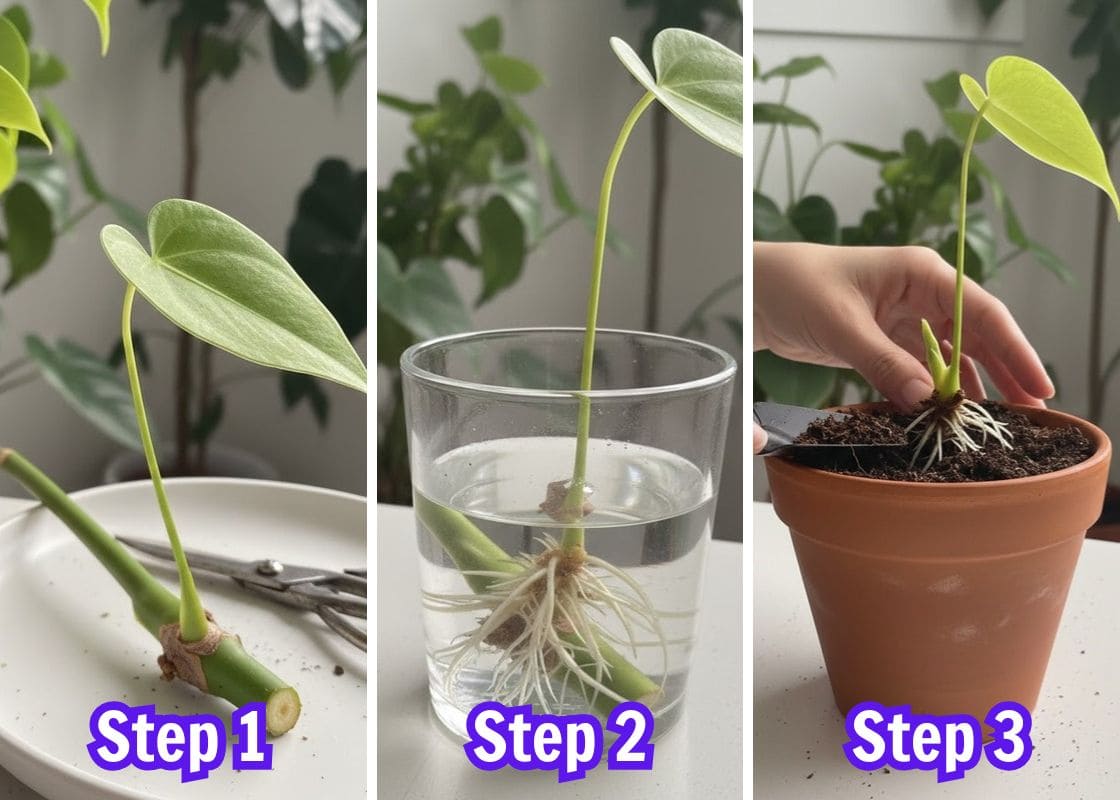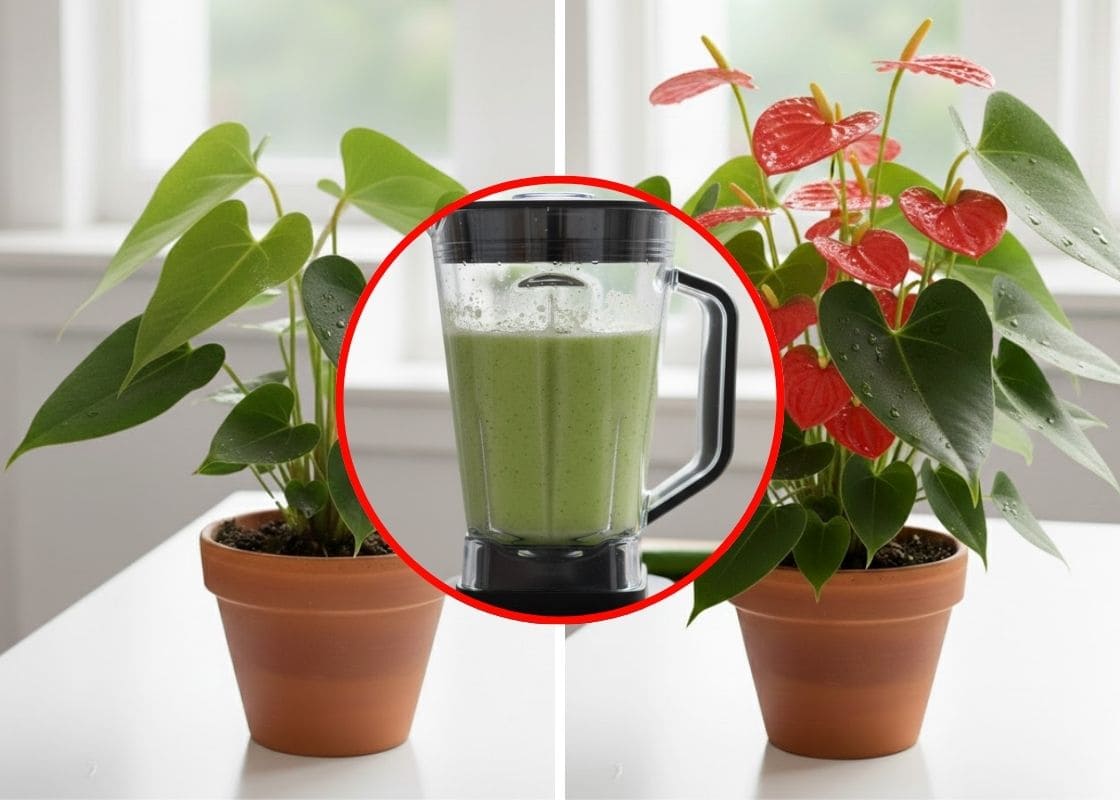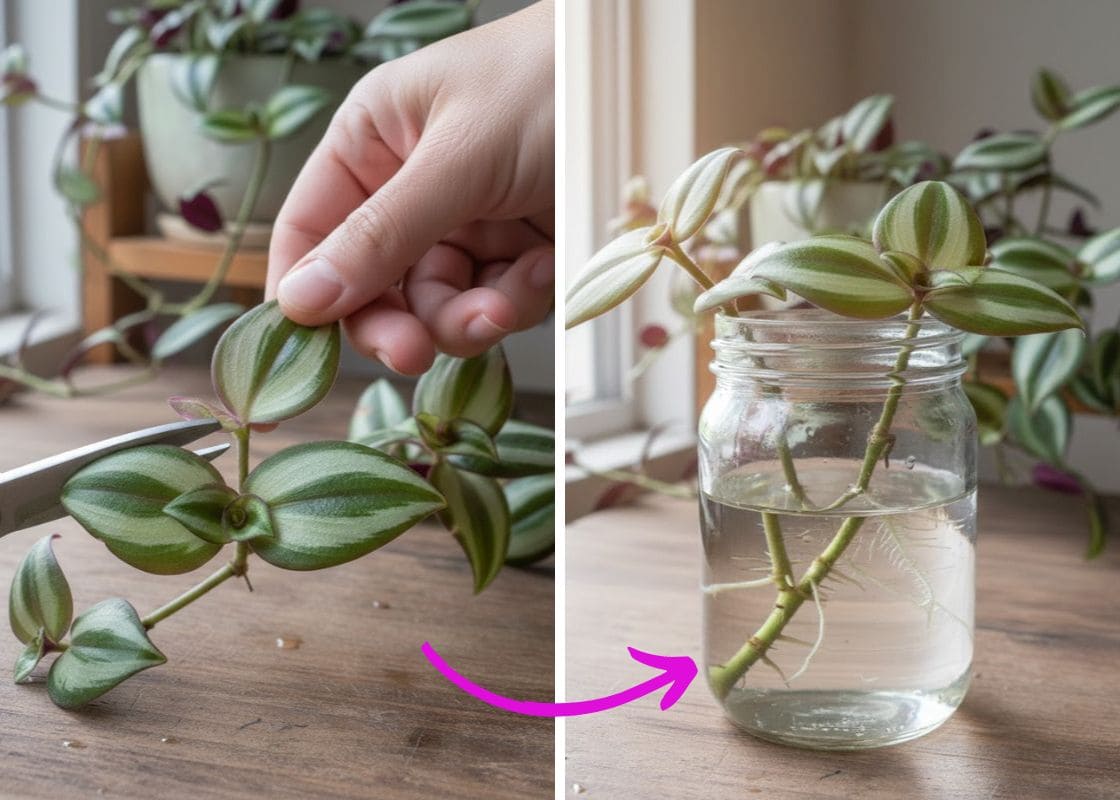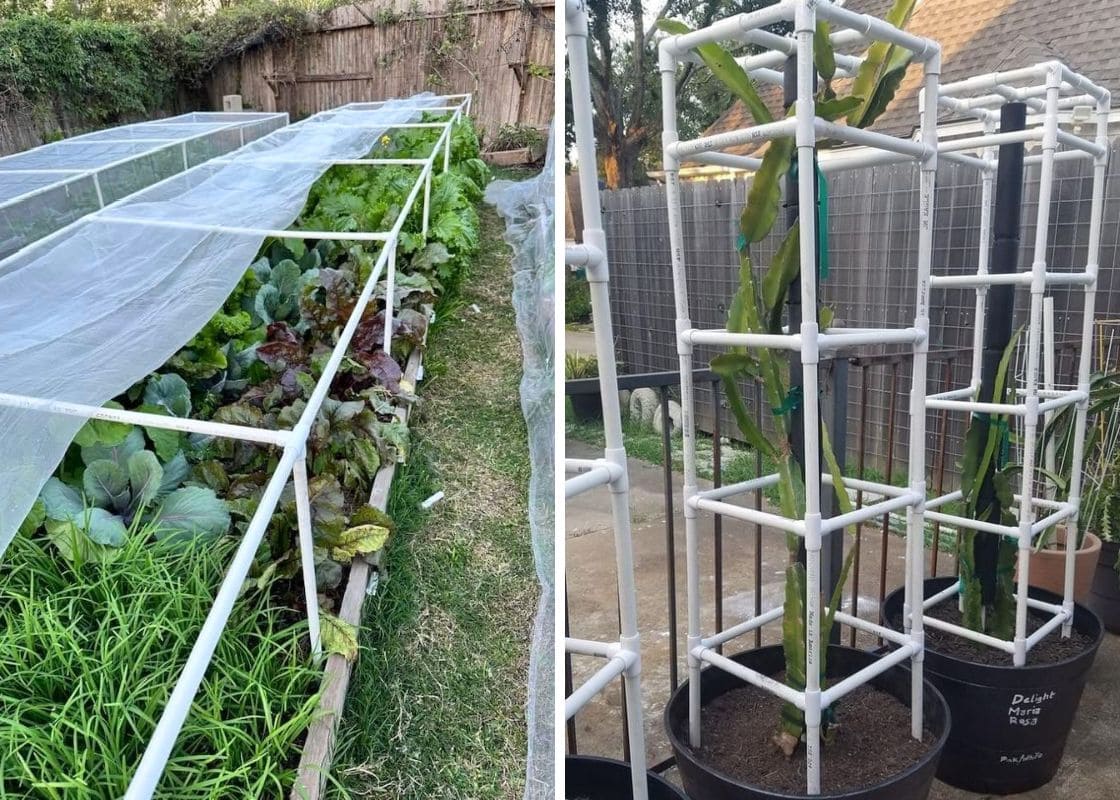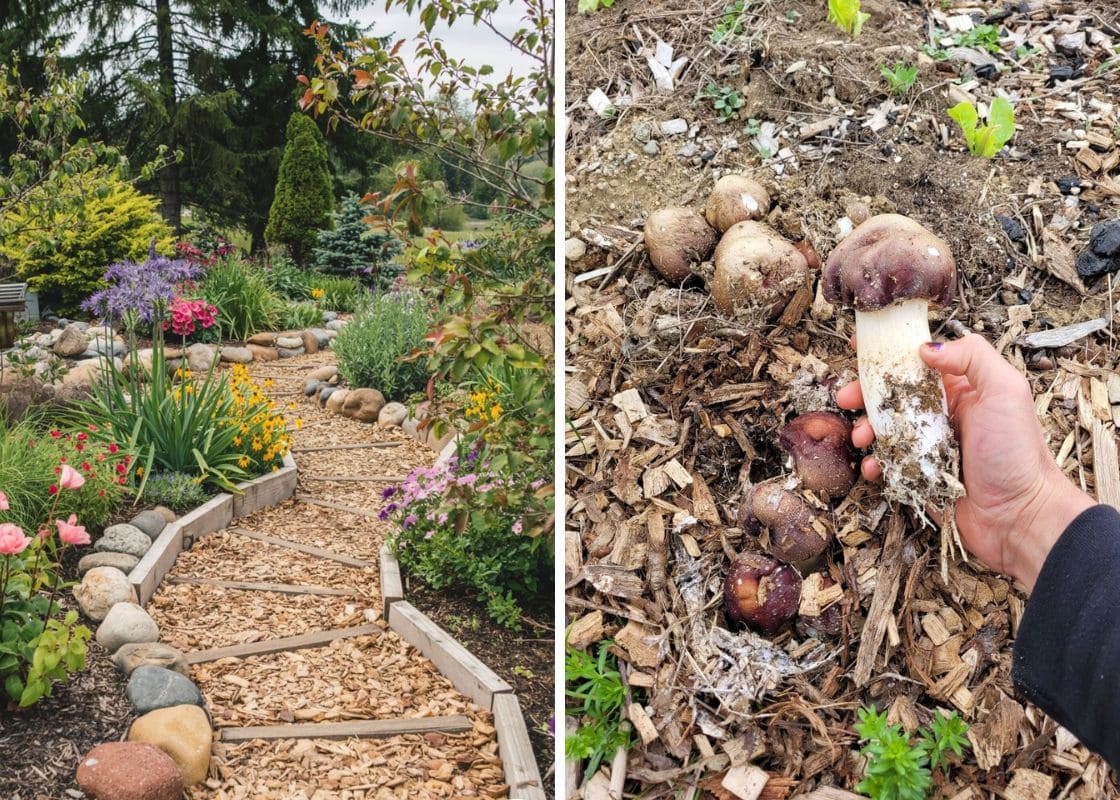Are you looking for fall vegetables to plant this season! While many gardeners focus on spring and summer crops, there are actually plenty of veggies that can thrive in the fall. In fact, some crops that struggle in the heat of summer actually do better in the cooler fall weather. So why not give it a try and see what delicious veggies you can grow?
Now, check out these 30 fall garden crops that are ideal for late-season harvests, and ready to become your October cornucopia.
#1. Arugula
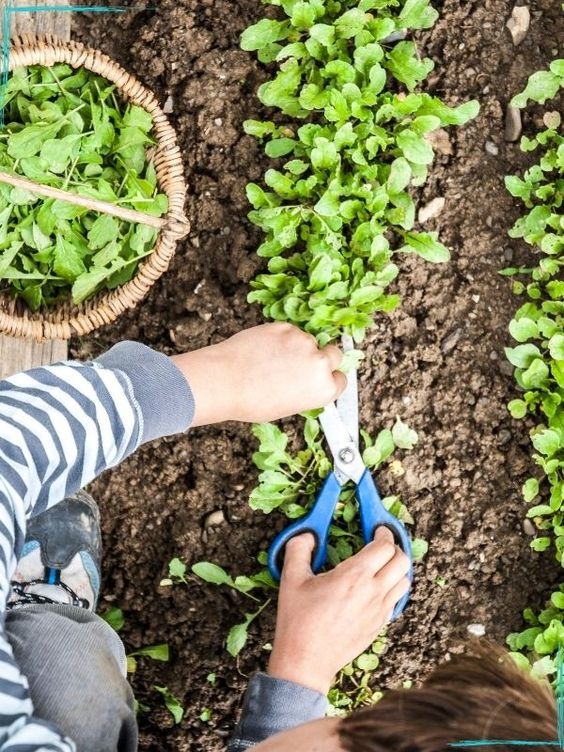
Arugula, also known as rocket, is a fast-growing leafy green with a peppery flavor. It’s great for salads and sandwiches. To plant arugula, sow seeds directly in the garden in late summer or early fall. Space them 4-6 inches apart. Harvest when leaves are young and tender.
#2. Beets
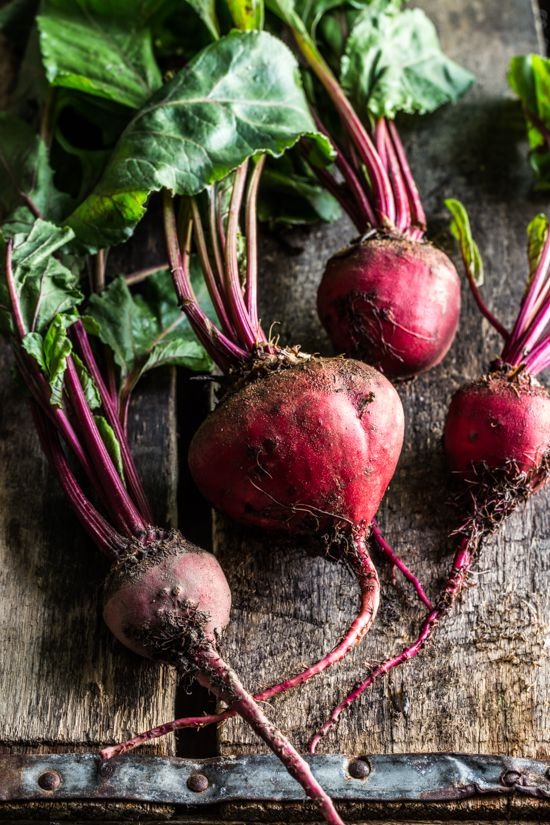
Beets are versatile root vegetables with edible leaves (beet greens) and sweet, earthy-flavored roots. Plant their seeds directly in the garden, about 1 inch deep and 2-4 inches apart in rows. You can enjoy both the roots and the greens.
#3. Bok Choy
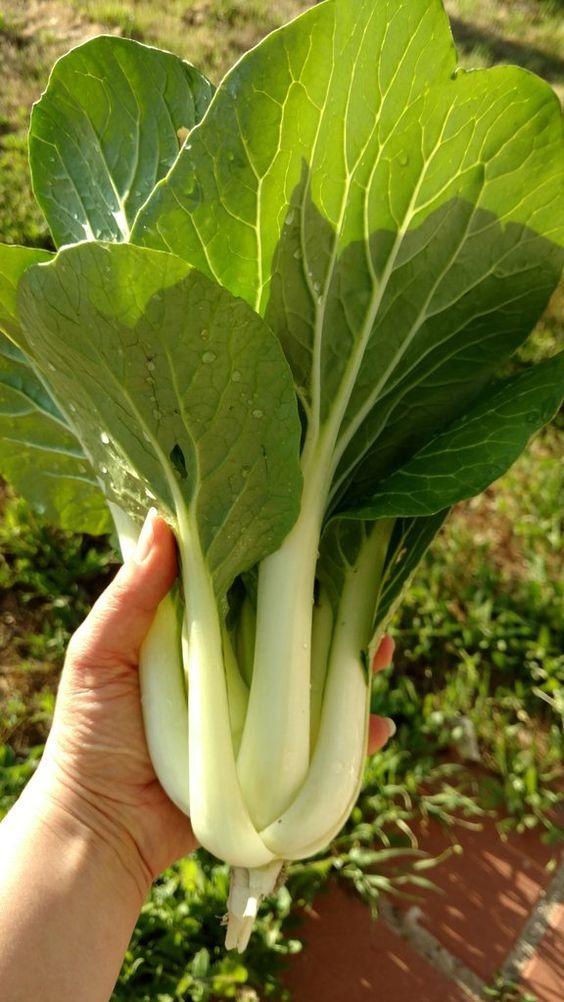
Bok choy, also known as pak choi, is a type of Chinese cabbage with crisp, white stems and dark green leaves. It has a mild, slightly peppery taste. It prefers partial shade but can tolerate full sun. Keep the soil consistently moist.
#4. Broccolini
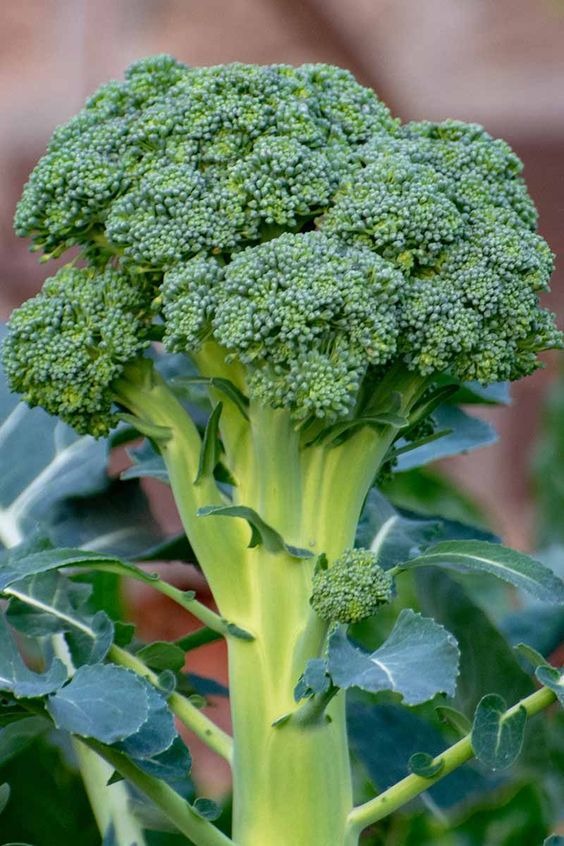
Broccolini, also known as baby broccoli, has small, tender stems and florets. It has a milder flavor than traditional broccoli. Sow broccolini seeds or transplant seedlings in late summer or early fall, spacing them 12-18 inches apart. Harvest when stems are 4-6 inches long.
#5. Brussels Sprouts
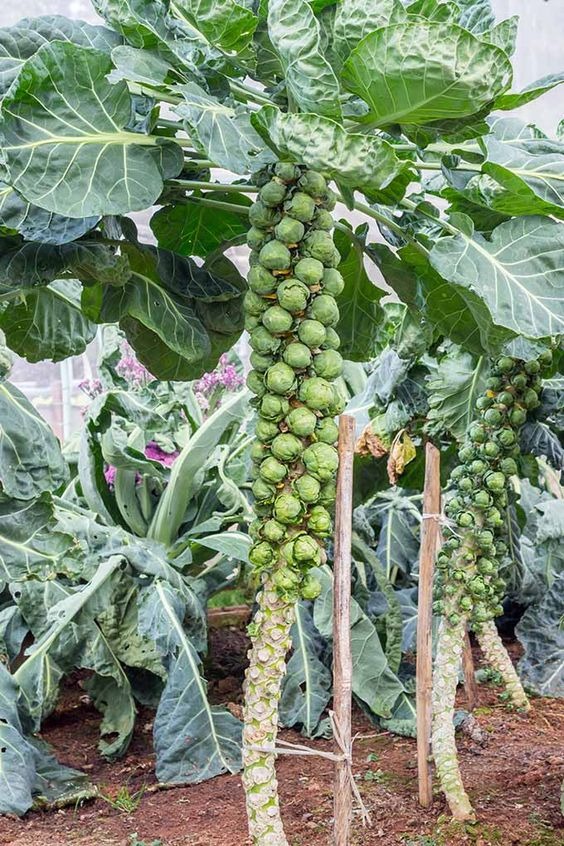
Brussels sprouts are known for their small, cabbage-like heads that grow along the stem. They have a mild, slightly nutty flavor and are packed with vitamins and minerals. Brussels sprouts thrive in cool weather, so start them indoors in late summer and transplant in early fall. These veggies taste even better after a light frost, as it sweetens their flavor.
#6. Cabbage

When it comes to fall vegetables to plant in your garden this season, don’t forget cabbage. It is a versatile cruciferous vegetable with round or elongated heads and loaded with vitamins and can be used in coleslaw, stir-fries, and more.
Start cabbage indoors in late summer and transplant seedlings in early fall. Space them 12-18 inches apart in rows. Harvest when the heads are firm and fully formed.
#7. Carrots

Carrots are root vegetables known for their vibrant orange color, but they also come in purple, yellow, and white varieties. Plant carrot seeds in late summer to early fall, about 2-4 inches apart in rows. Ensure the soil is free from stones to allow for proper root development.
#8. Cauliflower

Cauliflower is a member of the brassica family, like broccoli and cabbage. It produces large, white heads surrounded by green leaves.
Start cauliflower indoors in late summer and transplant seedlings in early fall. Space plants 18-24 inches apart. Blanch the heads by tying the leaves over them when they’re about the size of a golf ball.
#9. Celeriac
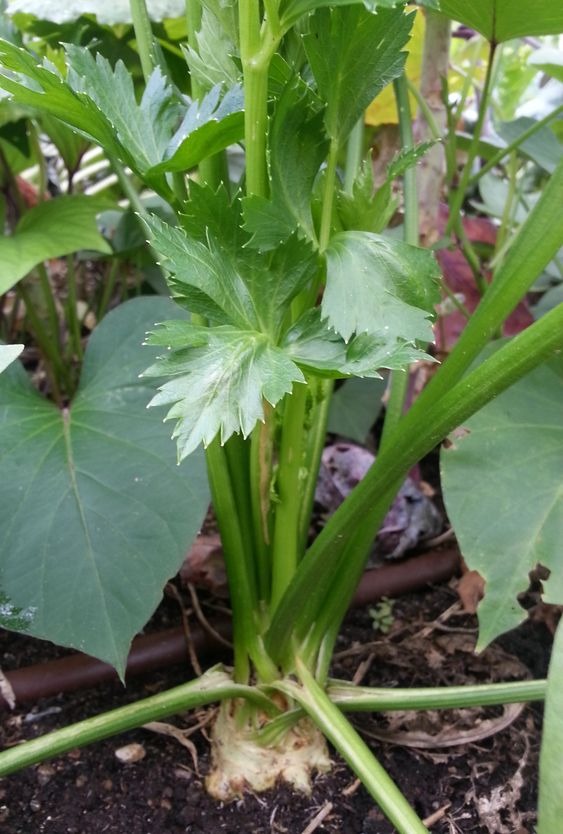
Celeriac, also called celery root, is a knobby root vegetable with a mild celery flavor. It’s used in soups, stews, and salads. Celeriac likes full sun or partial shade and well-draining soil enriched with organic matter.
#10. Chinese Cabbage
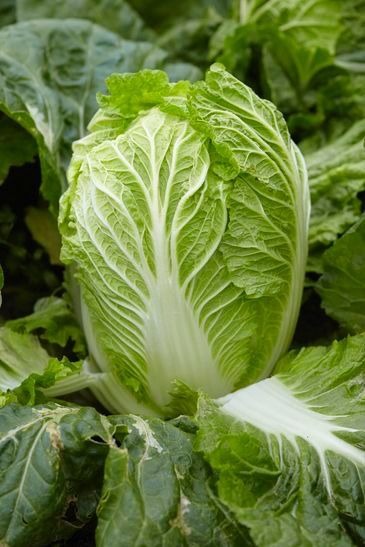
Chinese cabbage, also called Napa cabbage, has oblong heads with tender, mild-flavored leaves. Plant Chinese cabbage in well-draining soil with organic matter. It prefers full sun but can tolerate partial shade.
#11. Collard Greens
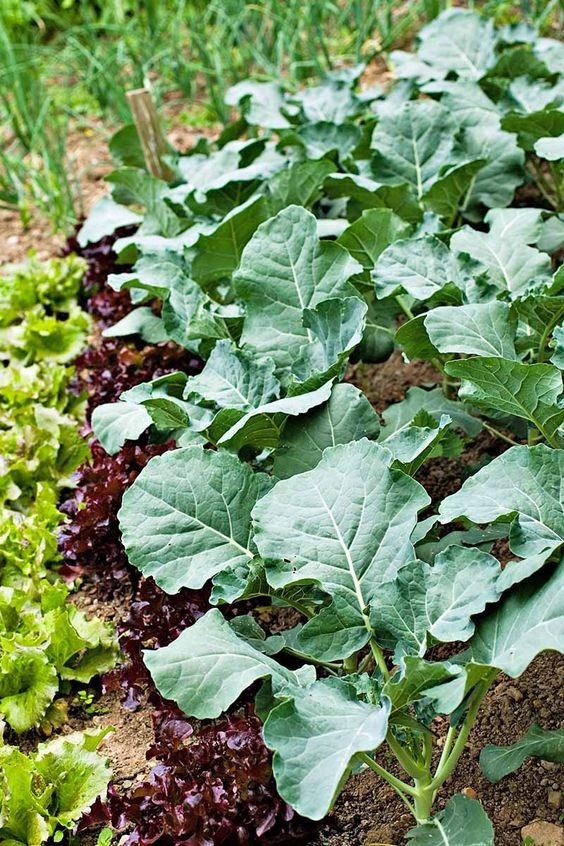
Collard greens are leafy vegetables with a hearty flavor. They have large, dark green, and somewhat crinkled leaves. To plant collard green, sow seeds or transplant seedlings 18-24 inches apart. They become more flavorful after exposure to frost.
#12. Endive
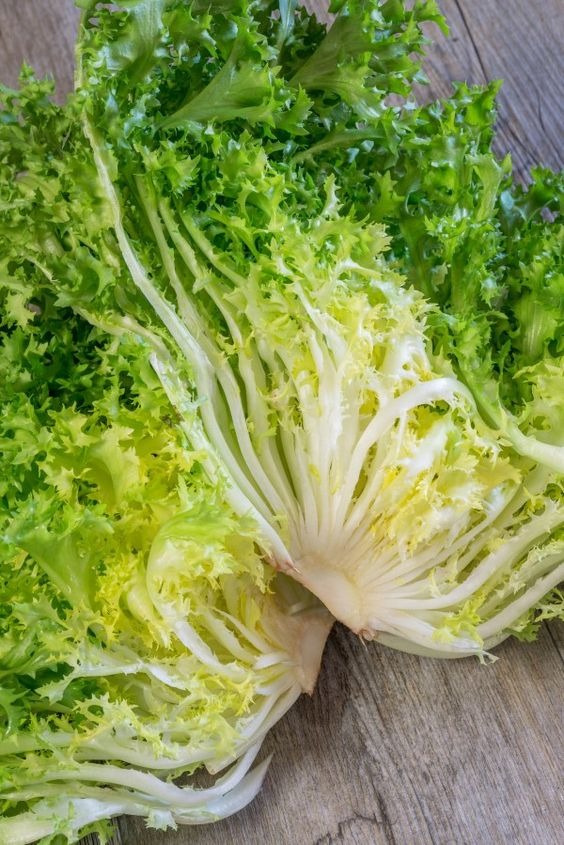
Endive is a leafy green with curly or fringed leaves. It has a slightly bitter taste and is often used in salads. Plant this vegetable in well-draining soil with organic matter.
#13. Fennel

Fennel is a herbaceous plant with a bulbous base and feathery leaves. Sow fennel seeds directly in the garden in late summer or early fall, spacing them 12-18 inches apart. Harvest bulbs when they reach a good size.
#14. Garlic

Garlic is a pungent bulb with a distinctive flavor. The best time to plant garlic is in late summer or early fall, about 2 inches deep. You should mulch the soil to protect against frost, and you’ll harvest mature bulbs in the summer.
#15. Kale

Kale is a hardy, nutritious leafy green with curly or flat leaves. It’s rich in vitamins A, C, and K, making it a superfood. Kale is perfect for autumn planting as it becomes sweeter after exposure to frost. Plant seeds or seedlings 12-18 inches apart in rows, and you’ll enjoy a hearty harvest.
#16. Kohlrabi
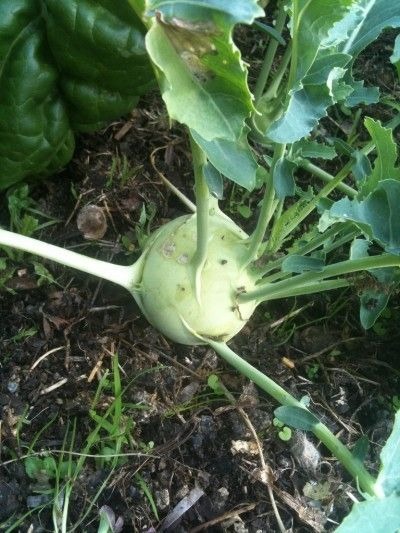
Kohlrabi is a unique-looking vegetable with a bulbous stem that tastes like a combination of cabbage and radish. Both the bulb and leaves are edible. To plant it in the autumn, directly sow kohlrabi seeds and space them 4-6 inches apart in rows.
#17. Leeks
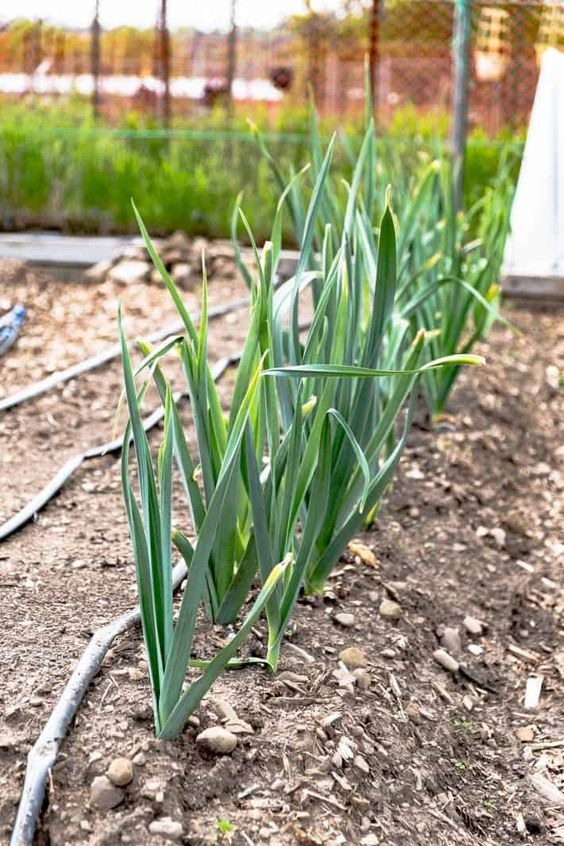
Leeks are mild-flavored vegetables with cylindrical stems. You should plant leek sets in late summer or early fall, about 6 inches deep. Hill soil around the stems as they grow to blanch the lower portions.
#18. Lettuce

Lettuce comes in various types, including butterhead, romaine, and loose-leaf. It’s a cool-season crop known for its crisp leaves, perfect for salads and sandwiches. If you live in warm climates, remember that it prefers partial shade.
#19. Mizuna
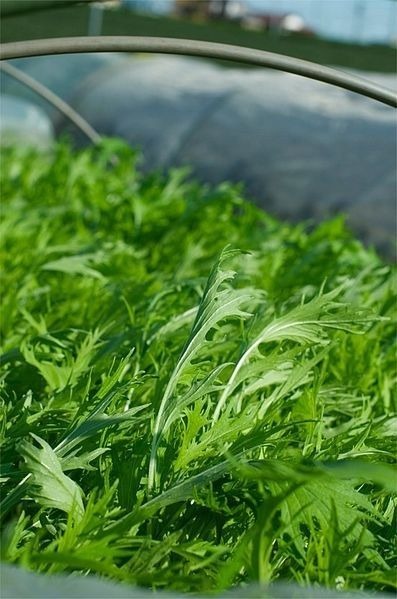
Mizuna is a leafy green with fringed, feathery leaves and a mild, peppery flavor. Mizuna should be planted in well-draining soil with organic matter. It prefers full sun but tolerates partial shade.
#20. Mustard Greens
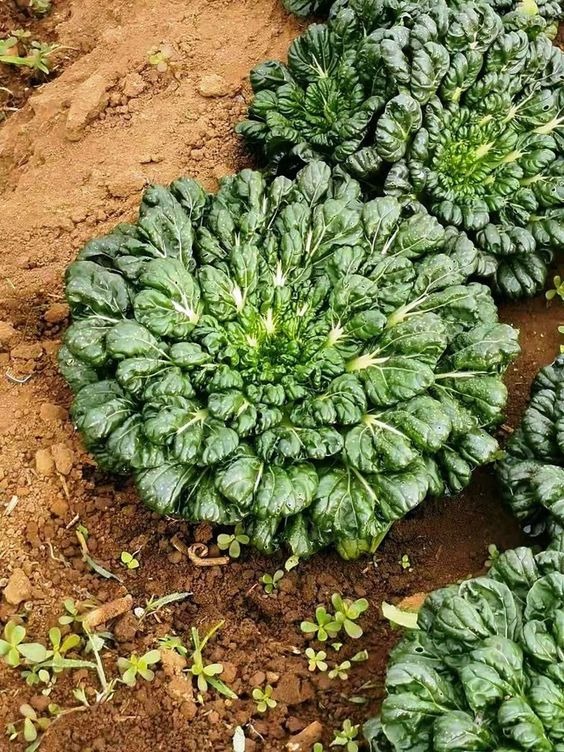
Mustard greens are leafy vegetables with a bold, spicy flavor. They come in various varieties, including curly, flat, and red. Mustard greens prefer full sun, but some varieties can also handle part shade. They prefer temperatures between 50 and 75°F (10-24°C).
#21. Onions

Onions are versatile vegetables used in various culinary dishes. Plant onion sets (small bulbs) in well-draining soil enriched with organic matter. They need full sun and consistent moisture.
#22. Parsnips
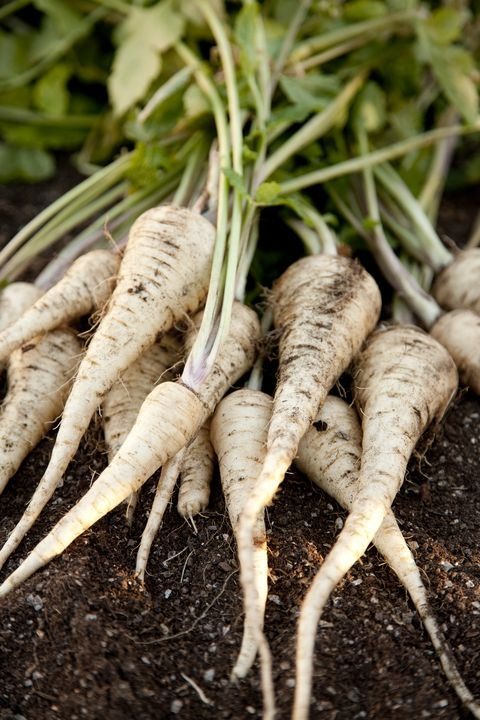
Parsnips are root vegetables with a sweet, nutty flavor. They resemble carrots but have a lighter color and sweeter taste. Choose a sunny spot with well-draining soil to grow your crops. Sow seeds directly in the garden, 1/2 inch deep, 1 inch apart, in rows 18 to 24 inches wide.
#23. Peas

Peas are cool-season legumes known for their sweet, edible pods. Sow pea seeds directly in the garden in late summer or early fall. Space them 2-3 inches apart in rows and harvest when pods are plump and sweet.
#24. Potatoes

Potatoes are a versatile and nutritious crop that can be stored for a long time. It is one of the best fall vegetables to plant in your garden. Start your crop about 110 days before the first frost. As the sprouts emerge, you need to hill soil around them to protect them from frost and sunlight. To grow perfect potatoes, check out this tutorial.
#25. Radicchio
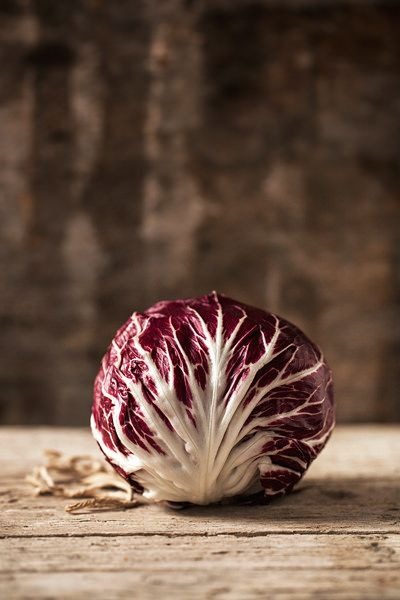
Radicchio is a leafy vegetable with vibrant red or purple leaves. It has a slightly bitter taste. It requires a long, cool season to develop its flavor and color, so sow seeds 85 days before the first fall frost.
#26. Radishes
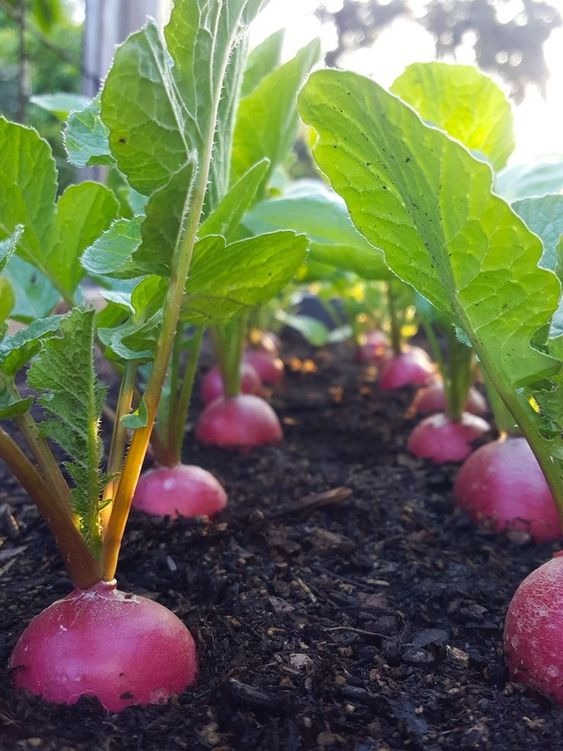
Radishes are fast-growing, crunchy root vegetables with a peppery flavor. They’re typically red but also come in white, pink, and black varieties. Radishes are perfect for a quick fall harvest. Plant seeds ½ inch deep and 1-2 inches apart in rows. Radishes are ready to harvest in about 3-4 weeks.
#27. Rutabaga
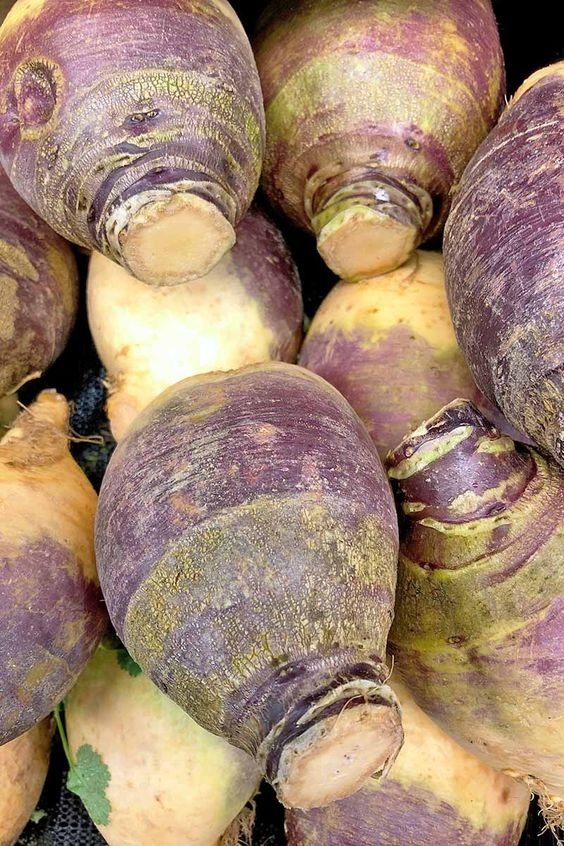
Rutabagas are root vegetables that resemble turnips but are larger and sweeter. They have a mild, nutty flavor and are rich in nutrients. They are a cool-weather crop that can be grown in the fall for a winter harvest.
#28. Spinach

Spinach is a cool-season leafy green packed with nutrients like iron, vitamin C, and fiber, making it become one of the most suitable fall vegetables to plant right in September.
Start spinach seeds in late summer, as it thrives in cool temperatures. Plant in rows 12-18 inches apart and thin seedlings to 4-6 inches apart for healthy growth.
#29. Swiss Chard
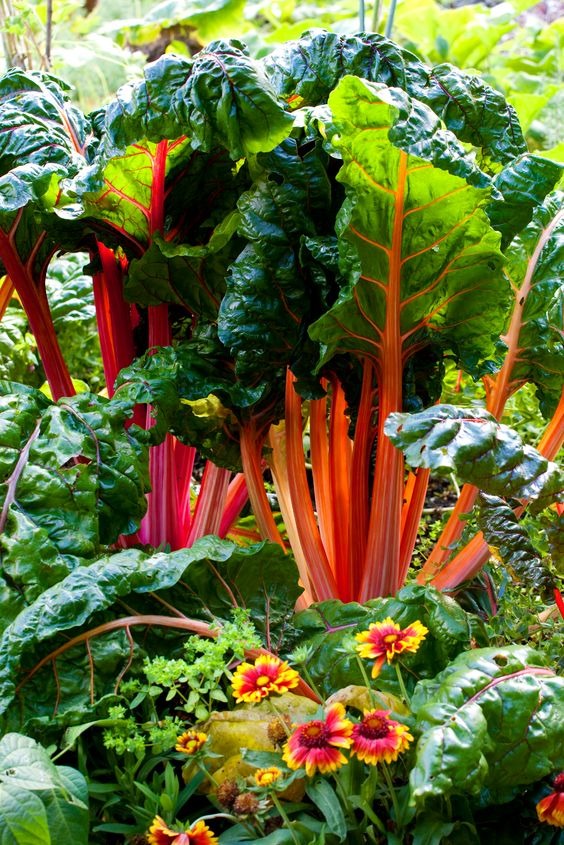
Swiss chard is a leafy green with colorful stems. It’s rich in vitamins and adds a vibrant touch to your garden. Swiss chard should be harvested individual leaves for continuous growth.
#30. Turnips
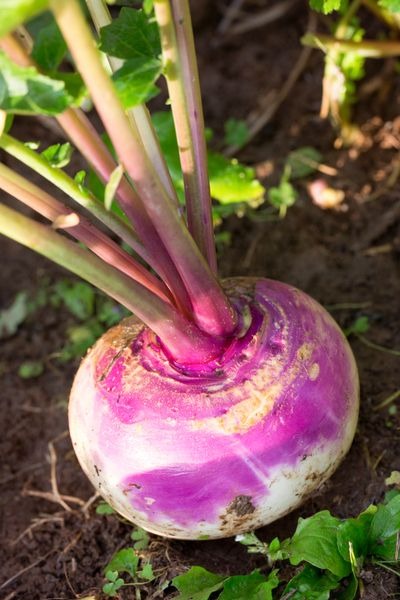
Turnips are root vegetables with a zesty flavor. You should choose a variety of turnip that is late-maturing and cold-tolerant, such as Golden Ball, Scarlet Queen and Hakurei.
With these 30 fall vegetables to plant in autumn, your garden can be a bountiful source of delicious and nutritious produce throughout the autumn months. Additionally, before starting your crops, remember to check your hardiness zone and find vegetables that can survive and thrive in your region. If you’re looking for more tips to have a green thumb, let’s subscribe to our website and wait for our latest updates. 